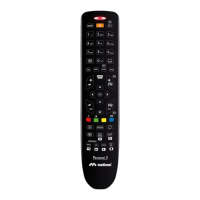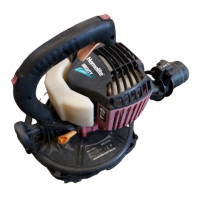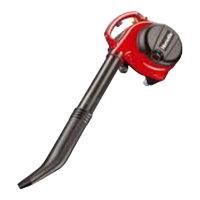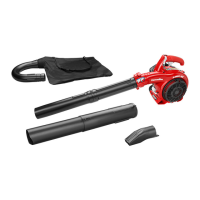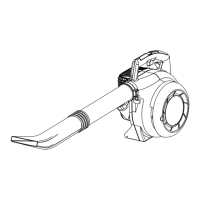Why Homelite VAC ATTACK II UT08542B Blower engine does not start?
- BBrittany JohnsonJul 30, 2025
There are several reasons why your Homelite Blower engine might not start: * **No spark:** Check for spark by removing the spark plug, reattaching the spark plug cap, and laying the spark plug on the metal cylinder. Pull the rope and watch for a spark at the spark plug tip. If there's no spark, try again with a new spark plug. * **No fuel:** Push the primer bulb until it's full of fuel. If it doesn't fill, the primary fuel delivery system is blocked. * **Engine is flooded:** Set the start lever to the START position. Squeeze the trigger and pull the rope repeatedly until the engine starts and runs.


